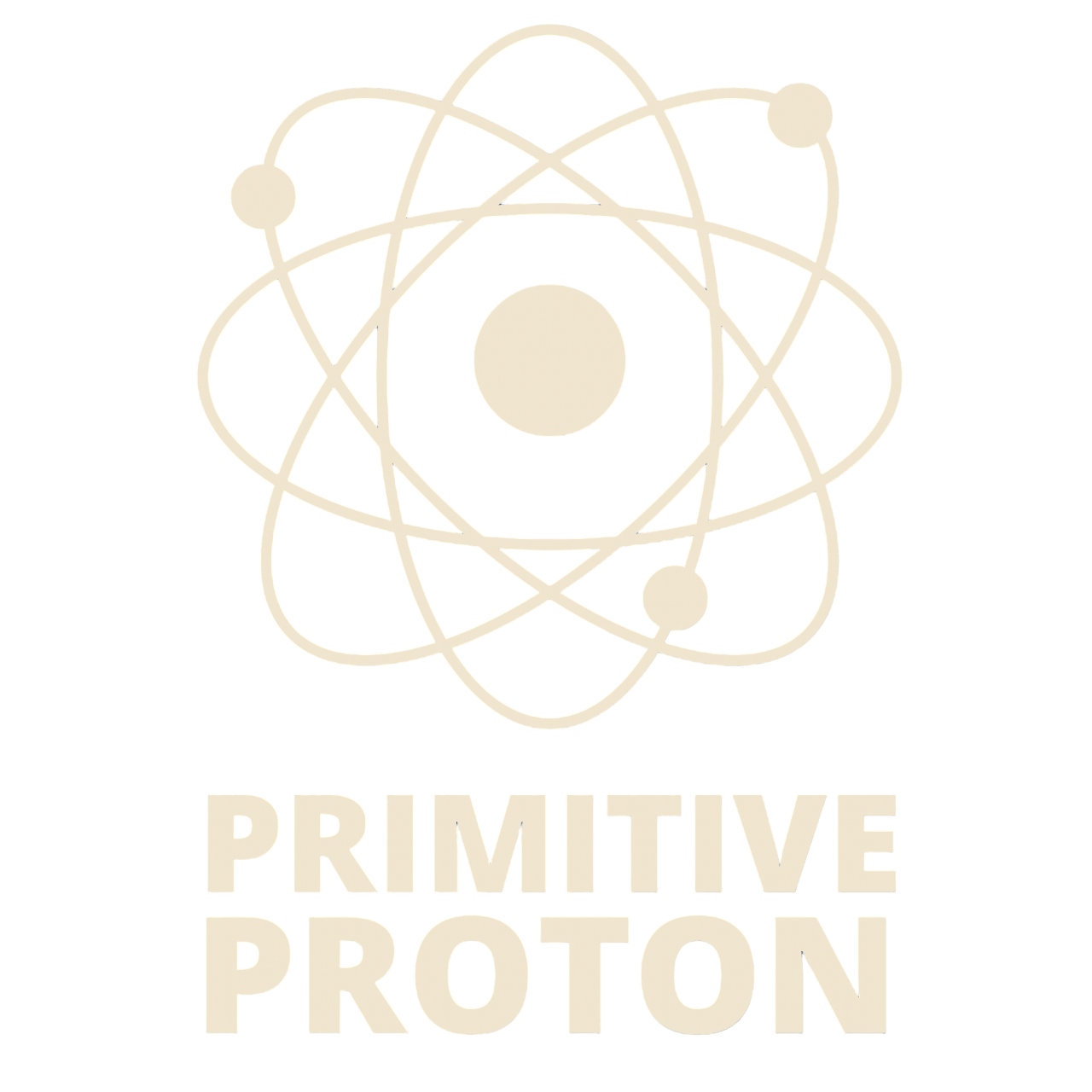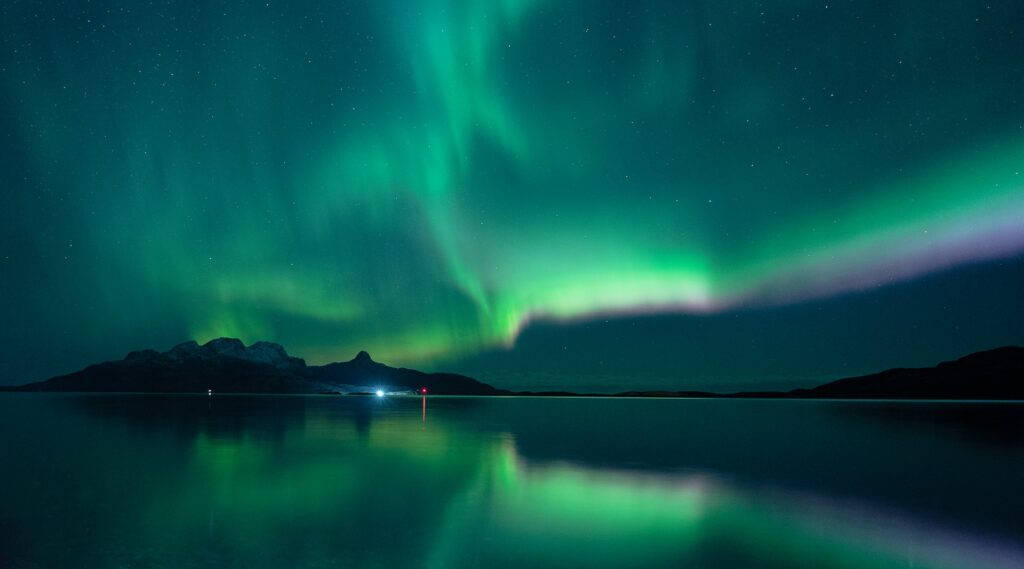Let me begin with a story of our neighbor, Mars. At one point in time, it was believed to have the present Earth-like conditions, with streams of water flowing over its surface, an atmosphere, and a magnetic field of its own. As time passed, Mars turned into a desolate planet with no activity of life or anything closer to it. What happened? One of the theories says that over time, the magnetic field of Mars weakened, and it could no longer protect itself from the harmful radiation of the Sun, and, eventually, its atmosphere got ripped off, turning it into another hostile planet in our solar system.

Fortunately, for Earth, and for all the life we know of on this planet, we continue to have a protective shield (you may compare it to a famous Avenger if you would) that filters out most of the incoming radiation, making our planet a habitable one.
Auroras or the Northern Lights are a unique display of light in the polar regions of the Earth, both in the Northern Hemisphere and in the Southern. It is caused by the interaction of solar wind and the molecules in the upper atmosphere of the Earth. It goes by the name “Aurora Borealis” in the North, while in the South, it is known as “Aurora Australis”.

Myths and Legends
Aurora is an amazing art crafted in its glorious beauty and splendor by Nature herself. We, as immortals, are bound to be in awe of such natural grandeur and thus, people over the generations have crafted stories about it which later turned into various myths and legends of the folklore.
People in Iceland consider the Northern Lights a healer for the women in labor in such times. They believe the lights have a magical power to take away the pains endured during the delivery.
Vikings thought that Auroras were a bridge to Asgard where Odin, Thor, and other gods live. Another Norse legend says that the lights are those reflected by Valkyrie’s shields.

Swedish consider it a good omen, a gift from their god, and a sign of a good harvest. On the contrary, people in southern France believe these lights are a bad omen that could trigger war, plague, and death.
People in Finland associate these lights with a celestial firefox which they believe ran so fast across the snow that its tail kicked up sparks into the night sky turning into an aurora. The local word “Revontulet” means a firefox in those regions.

The Science behind Auroras
Our Sun is a very active star, continuously producing nuclear reactions in its core. The temperature reaches about 14 million degrees wherein due to tremendous pressure, hydrogen atoms are continuously getting converted into helium. These reactions release energy that travels to the Sun’s surface in the form of electrically charged gas called Plasma (the fourth state of matter apart from solid, liquid, and gas).
At times, these particles break free from the Sun’s surface and get ejected out into space traveling at a speed of 8 million miles per hour. At 6 hours, it crosses Mercury, Venus at 12 hours, and hits Earth at 18 hours of its journey. In a solar cycle that comes every 11 years, these ejections are at their peaks and are known by the term Coronal Mass Ejections (CMEs). During these times, the intensity of solar winds is higher than usual and may lead to solar storms.

Our planet is a huge bar magnet with a North and a South pole, and like magnets, it too has a magnetic field. These invisible magnetic field lines stretch out far in space and deflect most of the incoming radiation and particles from the Sun. For the particles of the solar wind that manage to escape the deflection, the field lines couple together and create a funnel for the gas stream down the poles. This leads to an oval-shaped region on the poles. In the North pole, this auroral oval intersects regions of Iceland, Scandinavia, North America, Canada, and Northern Siberia.

Once the charged particles from the solar wind or the solar storm hit the upper atmosphere (in the region around 80-300 kms above the Earth’s surface), it interacts with the atoms of nitrogen and oxygen as both comprise 99% of Earth’s atmosphere. This phenomenon excites the atoms (excitation of atoms happen when sufficiently high energy causes the electrons of an atom to transcend or excited to higher levels, but since this excited state is unstable, the electrons fall back to their normal state, releasing energy in the form of light) and they emit light of various wavelengths and frequencies. Interaction with oxygen atoms leads to the emission of photons at longer wavelengths, especially green, red, and yellow, while that with nitrogen atoms causes high-frequency blue and purple light.
Effects in Earth’s Orbit and on Ground
Astronauts, while in space, have experienced solar storms. When some of them were a little out of the Magnetosphere, upon closing their eyes during the storm, they saw bright flashes of light which was a result of those charged particles interacting with the fluids inside their eyes.
On Earth’s surface, the solar storms create problems with the communication systems, navigation systems, and can even completely destroy the power grids.
Let’s Just Appreciate the Beauty
The awe-inspiring characteristic of Auroras makes it one of the highest priorities in people’s wishlist. Travelers and tourists visit those regions to just have a glimpse of the dreamy displays of night light.

At times, it makes one wonder about the interconnectedness of ourselves with the everlasting and omnipresent Universe, a thing (or maybe a sum of all the things) that has always opened its arms and is calling us to know and understand more what lies in its heart, this time just through a dance of photons and electrons.


Beautifully written and very well explained 🙂
Thank you, Rupali!!